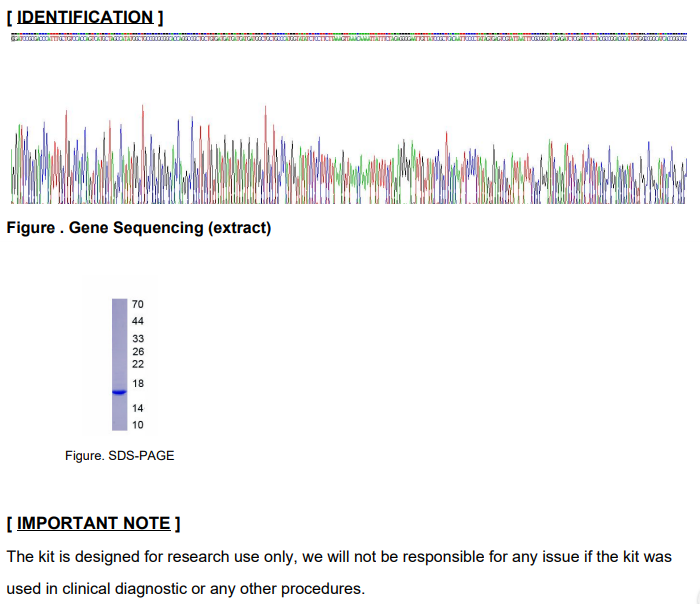### What is DSCR Loans: Understanding Debt Service Coverage Ratio Loans
Guide or Summary:DSCR = Net Operating Income (NOI) / Total Debt ServiceDSCR = $120,000 / $100,000 = 1.2#### What is DSCR LoansDSCR loans, or Debt Service Co……
Guide or Summary:
#### What is DSCR Loans
DSCR loans, or Debt Service Coverage Ratio loans, are a specific type of financing that evaluates a borrower's ability to cover their debt obligations. The Debt Service Coverage Ratio is a financial metric used to measure the cash flow available to pay current debt obligations. In simpler terms, it indicates how easily a borrower can pay off their loans with their available income.
#### Importance of DSCR in Loan Approval
When lenders assess a borrower's application for a DSCR loan, they look closely at the DSCR ratio. A ratio greater than 1 means that the borrower generates enough income to cover their debt payments, while a ratio less than 1 indicates that the borrower does not generate enough income to meet their debt obligations. This ratio is crucial because it helps lenders gauge the risk associated with lending to a particular borrower. A higher DSCR often leads to better loan terms, lower interest rates, and increased chances of approval.
#### How to Calculate DSCR
The formula to calculate the Debt Service Coverage Ratio is quite straightforward:

DSCR = Net Operating Income (NOI) / Total Debt Service
Where:
- **Net Operating Income (NOI)** is the total revenue generated from the property minus the operating expenses.
- **Total Debt Service** refers to the total amount of debt payments due within a specific period, usually a year.
For example, if a property generates an NOI of $120,000 and has annual debt payments of $100,000, the DSCR would be:
DSCR = $120,000 / $100,000 = 1.2
This indicates that the property generates 1.2 times the income needed to cover its debt obligations, which is a positive sign for lenders.

#### Benefits of DSCR Loans
1. **Risk Assessment**: DSCR loans provide a clear picture of a borrower's financial health, enabling lenders to make informed decisions.
2. **Investment Opportunities**: Investors often use DSCR loans to finance income-generating properties, such as rental homes or commercial real estate, ensuring they can cover their debt with rental income.
3. **Flexibility**: These loans can be used for various purposes, including purchasing real estate, refinancing existing debt, or funding renovations.
4. **Competitive Rates**: Borrowers with a strong DSCR may qualify for lower interest rates, reducing the overall cost of borrowing.

#### Challenges with DSCR Loans
While DSCR loans offer several advantages, they also come with challenges. Borrowers must maintain a consistent income stream to ensure their DSCR remains favorable. Economic downturns, unexpected expenses, or vacancies in rental properties can negatively impact the NOI, leading to a lower DSCR. Additionally, lenders may have specific DSCR thresholds that borrowers must meet, making it crucial for potential borrowers to understand their financial situation before applying.
#### Conclusion
In summary, understanding what DSCR loans are and how they function is essential for anyone looking to engage in property investment or seeking financing options. By evaluating a borrower's ability to service their debt through the Debt Service Coverage Ratio, lenders can mitigate risks and borrowers can secure the funding they need to achieve their financial goals. Whether you are an investor or a business owner, being aware of your DSCR can help you make informed decisions about your financial future.